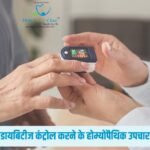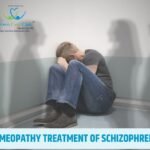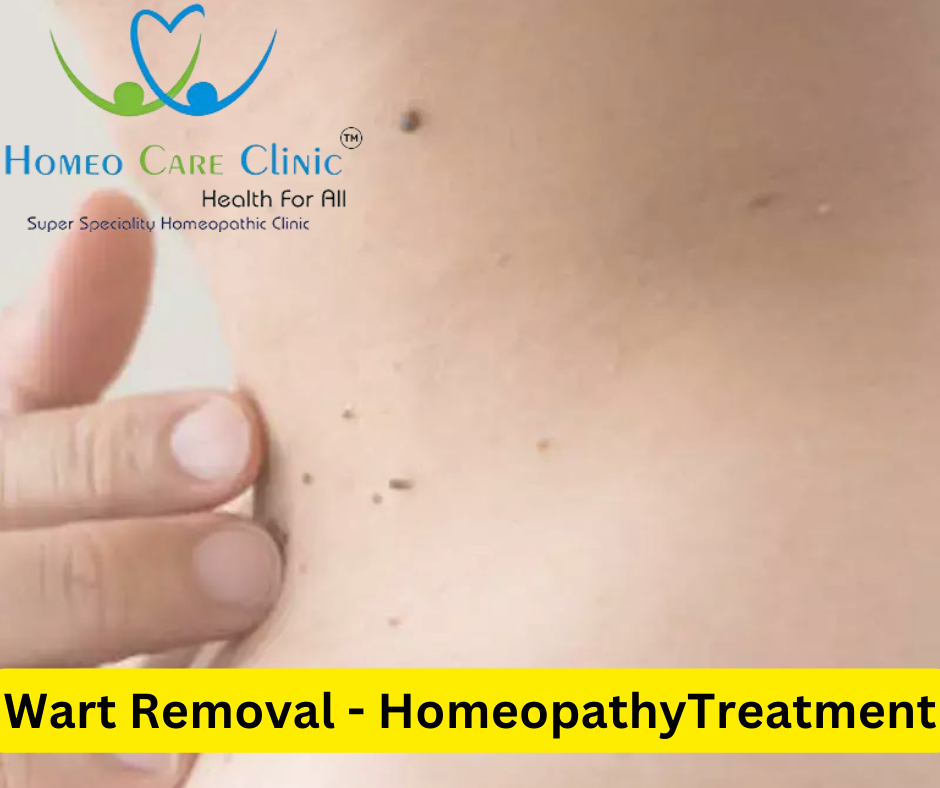Warts are common skin growths caused by the human papillomavirus (HPV). They can appear
on various parts of the body, such as hands, feet, and genitals. Warts are typically harmless but
can be aesthetically displeasing and cause discomfort. In this guide, we will explore different
treatment options for wart removal, including the role of homeopathy and laser treatments.
Causes of Warts
Warts are primarily caused by the HPV virus, which enters the body through tiny cuts or breaks
in the skin. The virus thrives in warm and moist environments, making public areas such as
swimming pools, locker rooms, and showers common sources of infection.
Signs and Symptoms
Warts can present in different forms, including common warts, plantar warts, flat warts, and
genital warts. Common warts appear as rough, raised bumps with a rough surface, often found
on fingers or hands. Plantar warts grow on the soles of the feet, causing pain and discomfort
while walking. Flat warts are smaller, smoother, and typically found on the face and legs. Genital
warts are sexually transmitted and can appear on the genitals or around the anus.
Different Treatment Options
1. Over-the-counter (OTC) medications:
OTC wart removal products typically contain
salicylic acid, which helps to dissolve the wart gradually. These products are easily
accessible and can be effective for some individuals, especially for common warts.
2.Cryotherapy:
Cryotherapy involves freezing the wart using liquid nitrogen. The extreme
cold temperature destroys the wart tissue, allowing a new, healthy layer of skin to form.
Cryotherapy is commonly performed by dermatologists and may require multiple sessions
for complete removal.
3. Laser Treatment:
Laser therapy utilizes focused beams of light to target and destroy wart
tissue. This treatment option is often preferred for large or stubborn warts. Laser treatment
is precise, minimally invasive, and may require local anesthesia. It offers faster healing
and minimal scarring compared to other methods.
Role of Homeopathy
Homeopathy is a holistic system of medicine that aims to stimulate the body’s natural healing
response. It considers individual symptoms, including physical, mental, and emotional aspects,
to prescribe personalized remedies. Homeopathic treatments for wart removal focus on
enhancing the body’s immunity and reducing the susceptibility to HPV infection.
Homeopathic Treatment
1. Consultation:
The first step in homeopathy treatment is to consult with a qualified
homeopath. During the consultation, the homeopath will gather detailed information about
your medical history, current symptoms, and any other relevant factors.
2. Case Analysis:
The homeopath will carefully analyze your case, taking into consideration
physical symptoms, emotional state, and individual characteristics. This helps in
determining the most suitable homeopathic remedy for your specific condition.
3. Remedy Selection:
Based on the case analysis, the homeopath will select a specific
homeopathic remedy or a combination of remedies that match your symptom profile.
Homeopathic remedies are derived from natural substances and are prepared in a highly
diluted form.
4. Dosage and Administration:
The homeopath will prescribe the appropriate dosage and
frequency of the selected remedy. Homeopathic remedies are typically administered in the
form of small pellets or liquid drops. The remedy may need to be taken orally or applied
topically, depending on the specific treatment plan.
Here are some commonly used homeopathic remedies for warts:
● Thuja Occidentalis: This remedy is commonly used for various types of warts, including
common, plantar, and flat warts. It helps stimulate the body’s immune response against
the virus.
● Causticum: Causticum is often recommended for warts that are hard, large, and situated
on the fingertips or face. It may be effective when combined with other homeopathic
remedies.
5. Follow-up Visits:
Regular follow-up visits with the homeopath are essential to monitor
progress and make any necessary adjustments to the treatment plan. The homeopath
may modify the remedy or dosage based on your response to treatment.
6. Duration of Treatment:
The duration of homeopathic treatment varies depending
on individual factors and the nature of the condition. Warts may take several weeks
or months to resolve completely with homeopathy, and it is important to continue
treatment until the warts disappear.
Important Notes
● Homeopathy is a complementary and alternative medicine (CAM) therapy and is
not considered a mainstream medical treatment.
● There is limited scientific evidence to support the effectiveness of homeopathy
for wart removal.
● Homeopathic remedies should not be used as a substitute for conventional
medical treatment, especially for serious or persistent warts.
● It is important to consult with a qualified healthcare professional before starting
any homeopathic treatment.
Laser Treatment Steps
1. Consultation:
Begin by consulting with a dermatologist or a healthcare
professional experienced in laser treatments for wart removal. They will assess
your condition, examine the warts, and discuss your medical history.
2. Pre-treatment Preparation:
Before the laser treatment, the area surrounding
the warts may need to be cleaned and dried. In some cases, a local anesthetic
may be applied to minimize discomfort during the procedure.
3. Laser Application:
The dermatologist will use a specialized laser device to
target the wart tissue. The laser emits intense beams of light that heat and
destroy the wart, essentially vaporizing it. The laser is carefully controlled to
minimize damage to surrounding healthy tissue.
4. Post-treatment Care:
After the laser treatment, the treated area may be covered
with a sterile dressing. The dermatologist will provide instructions on how to care
for the treated area, including any necessary post-treatment medications or
creams.
5. Follow-up Visits:
Follow-up visits may be necessary to monitor the progress of
the treatment and ensure complete wart removal. Additional laser sessions may
be required for large or stubborn warts.
6. Recovery and Results:
Laser treatment typically has a shorter recovery time
compared to other methods. The treated area may experience redness, swelling,
or mild discomfort, which usually subsides within a few days. The final results
may take a few weeks to become fully apparent as the treated tissue heals and
new skin forms.
Choosing the Right Treatment
The best treatment option for wart removal depends on several factors, including the
type and size of the wart, its location, and your individual preferences. Here’s a brief
overview of when each approach might be most suitable:
● OTC medications:
A good starting point for common warts, especially if they are
small and few in number.
● Cryotherapy:
Effective for common warts and plantar warts, but may require
multiple sessions and can cause blistering.
● Laser treatment:
Preferred for larger, stubborn warts, or warts in cosmetically
sensitive areas. Offers faster healing and minimal scarring but is typically more
expensive than other options.
● Homeopathy:
A holistic approach that aims to address the underlying
susceptibility to HPV infection. May be suitable for individuals seeking a natural
treatment option, but evidence for its effectiveness is limited and it should not be
solely relied upon for wart removal.
Conclusion
Warts are a common skin concern with various treatment options available. Consulting
with a healthcare professional, whether a dermatologist or a qualified homeopath, will
help you determine the most appropriate approach based on your individual needs and
preferences. Remember, early diagnosis and treatment can help prevent the spread of
warts and ensure faster resolution.





